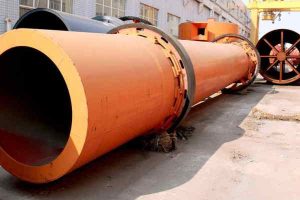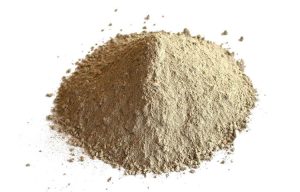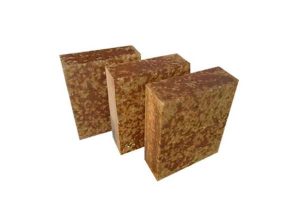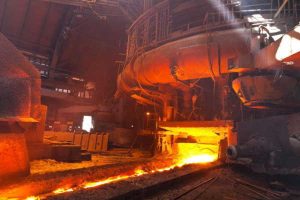01. Preface Overview
An aluminum smelting furnace is used for smelting aluminum ingots and scrap aluminum, la température de fonctionnement est entre 80 ~ 1300℃, et la température n'est pas trop élevée. La partie buccale du four en aluminium fondu, because of charging, slag picking, and other operations, needs to frequently open and close the furnace door.
When the door is opened, the degree of furnace mouth-resistant material will drop sharply.
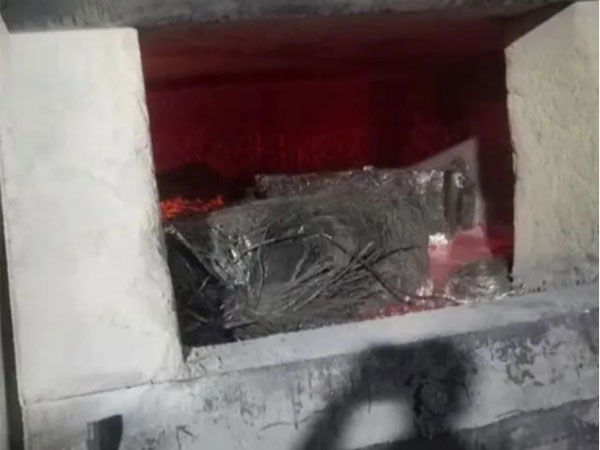
When charging, (maintenant, the domestic general use fork charging), workers inevitably will operate on the furnace door by some mechanical collision, joining the scrap, the material will produce violent friction on the door.
When the furnace door is closed, the temperature of the furnace mouth-resistant material will rise sharply, with thermal expansion and contraction, and great thermal stress. In this repeated operation process, the furnace’s mouth lining body frequently undergoes rapid cold and heat, mechanical collision, and material friction. Par conséquent, it is necessary to use refractory material with high strength, friction resistance, and resistance to rapid cold and heat.
02. Factors Affecting The Life Of The Refractory Material At The Furnace Door
La service life of the refractory material in the lower part of the furnace door of the aluminum melting furnace is mainly affected by the following factors:
1. Ordinary refractories in the temperature range of 780 ~ 900 ℃, it is difficult to sinter to produce strength. This results in low strength at operating temperature.
2. The lower charge opening area is subject to collision and strong mechanical wear of aluminum blocks.
3. When the furnace is produced intermittently or the raw material is added, the strong thermal shock generates great thermal stress when the temperature is sharply cold and hot.
4. Improper operation method in construction and maintenance, causing damage to the internal structure of the castable.
03. Production Process Of Refractory Castable For Aluminum Melting Furnace
1. Add compound superfine powder to the castable so that it can produce sintering in advance. Add a sufficient amount of pure calcium aluminate cement to ensure that the material has sufficient strength at operating temperature.
2. Design the micro-expansion performance, so that the resistant material always keeps the volume stable in the use temperature, without shrinkage or excess expansion.
3. Add mullite and steel fiber to increase the thermal shock stability of the resistant material and increase the flexibility strength of the material. Refractory castables for aluminum melting furnaces should have good thermal shock stability, high-temperature strength, good toughness, and other properties to meet the requirements of an aluminum melting furnace.
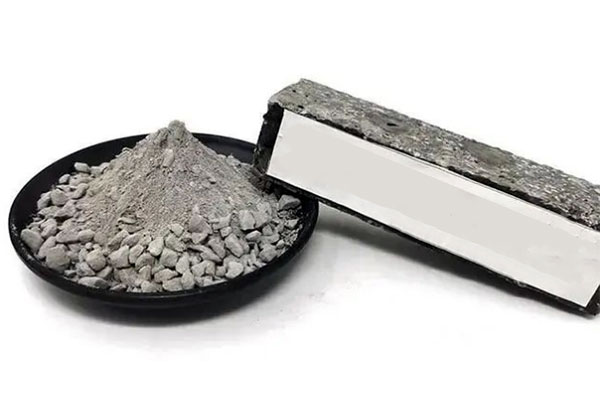
04. Physical And Chemical Properties And Characteristics Of Castable For Aluminum Melting Furnace
AL2O3≥70%, bulk density≥2.6t/m, compressive strength110℃*24≥70MPa, 1300℃*3h≥90mpa.
Main characteristics: haute résistance, high toughness, stable volume after burning, strong load-bearing capacity, resistance to mechanical friction and collision, and good thermal shock stability.
PER Refractories est un professionnel fabricant de briques réfractaires au four. Nous pouvons fournir à nos clients des produits de haute qualité briques réfractaires à haute teneur en alumine, briques d'argile réfractaire, briques de silice réfractaire, briques de magnésium, briques de mullite, briques isolantes, et d'autres divers produits de briques réfractaires.

